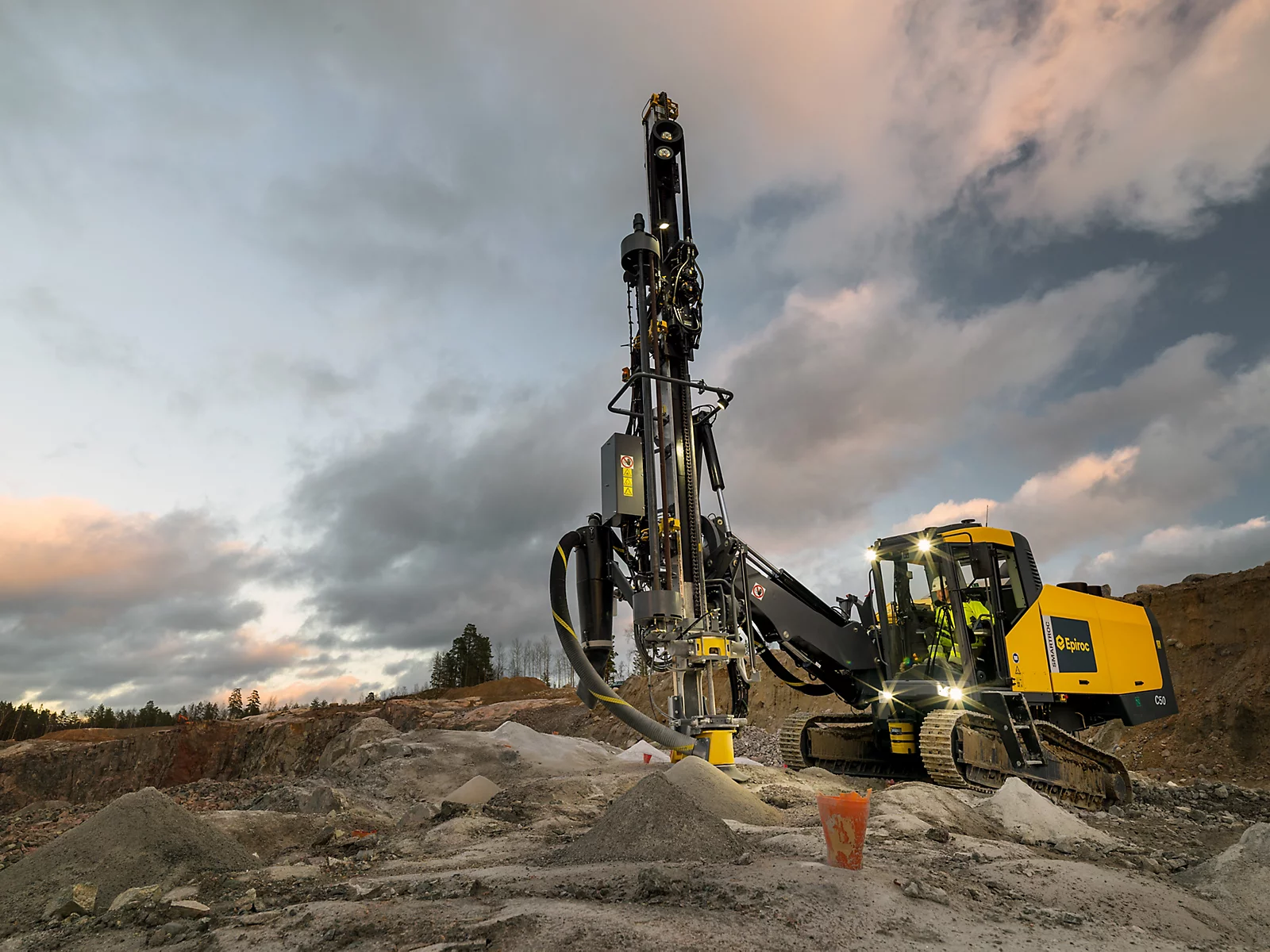Sign up for daily news updates from CleanTechnica on email. Or follow us on Google News!
Today, the Department of Commerce and NOAA announced the award of more than $34 million to reduce the risk to Americans’ lives and property from wildfires. This funding will be provided over five years to six research universities in NOAA’s Cooperative Institute system to support wildfire preparedness and response as part of President Biden’s Investing in America agenda under the Bipartisan Infrastructure Law. The overarching goal is to improve the understanding and modeling of wildfire behavior and integrate that into weather forecasting and wildfire warnings.
Knowledge and tools generated from this funding will help NOAA build and deploy new observing systems that detect and monitor wildfires and their impacts, as well as to advance high-resolution models to predict fires, emissions and air quality. The funding will also establish a new NOAA Fire Weather Testbed that will allow scientists and forecasters to evaluate experimental products and speed their transition to operations.
During active wildfires, NOAA deploys specially trained and certified weather forecasters, called incident meteorologists (IMETs), to provide emergency support at fire locations. IMETs keep firefighters safe by interpreting weather information, assessing its effect on the fire and communicating findings to fire crews. Once on-site, IMETs become key members of the incident command teams and provide continuous meteorological support for the duration of the incident. The research sponsored by the awards being announced today will be targeted to improve IMETs’ and other forecasters’ ability to protect Americans’ lives and property.
“Americans are increasingly at risk from the threat of wildfires,” said Secretary of Commerce Gina Raimondo. “NOAA’s observations, models, outlooks, and forecasts are essential for supporting wildfire response across America. As part of President Biden’s Investing in America agenda, this funding will help increase lead times for fire weather warnings, speed detection of fire starts, and provide more real-time actionable information to prevent wildfires, support firefighting crews and keep communities safe.”
Wildfires have been a natural, cyclical and seasonal event in many western states for thousands of years, but climate change has turned fire into a year-round threat. Year after year, catastrophic wildfires fill the nation’s skies with smoke, threaten lives and property, blacken hills with burn scars that can be prone to flooding, pollute water supplies, disrupt economies and alter the landscape for generations.
“Rising temperatures, declining snowpack and frequent droughts are all leading to a dramatic surge in wildfire frequency and severity across the United States,” said NOAA Administrator Rick Spinrad, Ph.D. “These investments will help NOAA scientists develop new tools, technologies and systems to improve the accuracy of outlooks and forecasts for our land management and wildfire response partners, assist local officials’ decision-making and communicate vital public safety information to more people more quickly.”
Firefighters, land management agencies, emergency managers, local officials and frontline communities need enhanced observations to detect fires early, and more advanced forecasting and monitoring capabilities to maximize lead times for fire weather warnings and real-time changes in fire weather and behavior.
To address these needs, NOAA has developed a comprehensive approach to its wildfire research:
- Developing early detection and forecast tools, including satellite-based fire detection systems that send alerts as soon as a fire starts, improving high-resolution weather models to identify rapidly changing weather situations and predict smoke transport and providing real-time analysis to accurately predict how weather will influence fire behavior.
- Accelerating the development of tools that improve delivery of fire-related information and services, making the information easier to access by more people than ever before.
- Providing National Weather Service incident meteorologists, who are dispatched to the fireline to deliver critical, short-term, hyperlocal fire weather forecasts, new systems and technologies that use enhanced data, visualization tools and up-to-date weather information that can help keep firefighters safe.
Leading these projects are NOAA’s Global Systems Laboratory, Physical Sciences Laboratory, Chemical Sciences Laboratory and Global Monitoring Laboratory in Boulder, Colorado, the Air Resources Laboratory in College Park, Maryland and the National Weather Service’s Meteorological Development Laboratory in Silver Spring, Maryland. Several other projects will be led by NOAA’s National Environmental Satellite, Data, and Information Service, also in Silver Spring, and the National Weather Service’s Storm Prediction Center in Norman, Oklahoma.
Cooperative institutes receiving the funding announced today are:
- Cooperative Institute for Earth System Research and Data Science at the University of Colorado, in Boulder, Colorado.
- Cooperative Institute for Research in the Atmosphere at Colorado State University in Fort Collins, Colorado.
- Cooperative Institute for Satellite Earth System Studies at the University of Maryland in College Park, Maryland.
- Cooperative Institute for Meteorological Satellite Studies at the University of Wisconsin, in Madison, Wisconsin.
- Cooperative Institute for Modeling the Earth System at Princeton University, in Princeton, New Jersey.
- Cooperative Institute for Severe and High-Impact Weather Research and Operations at the University of Oklahoma in Norman, Oklahoma.
Please visit NOAA’s Bipartisan Infrastructure Law and Inflation Reduction Act websites to learn about current and future funding opportunities.
Courtesy of The Dept of Commerce & NOAA.
Have a tip for CleanTechnica? Want to advertise? Want to suggest a guest for our CleanTech Talk podcast? Contact us here.
Our Latest EVObsession Video
I don’t like paywalls. You don’t like paywalls. Who likes paywalls? Here at CleanTechnica, we implemented a limited paywall for a while, but it always felt wrong — and it was always tough to decide what we should put behind there. In theory, your most exclusive and best content goes behind a paywall. But then fewer people read it!! So, we’ve decided to completely nix paywalls here at CleanTechnica. But…
Thank you!
CleanTechnica uses affiliate links. See our policy here.




